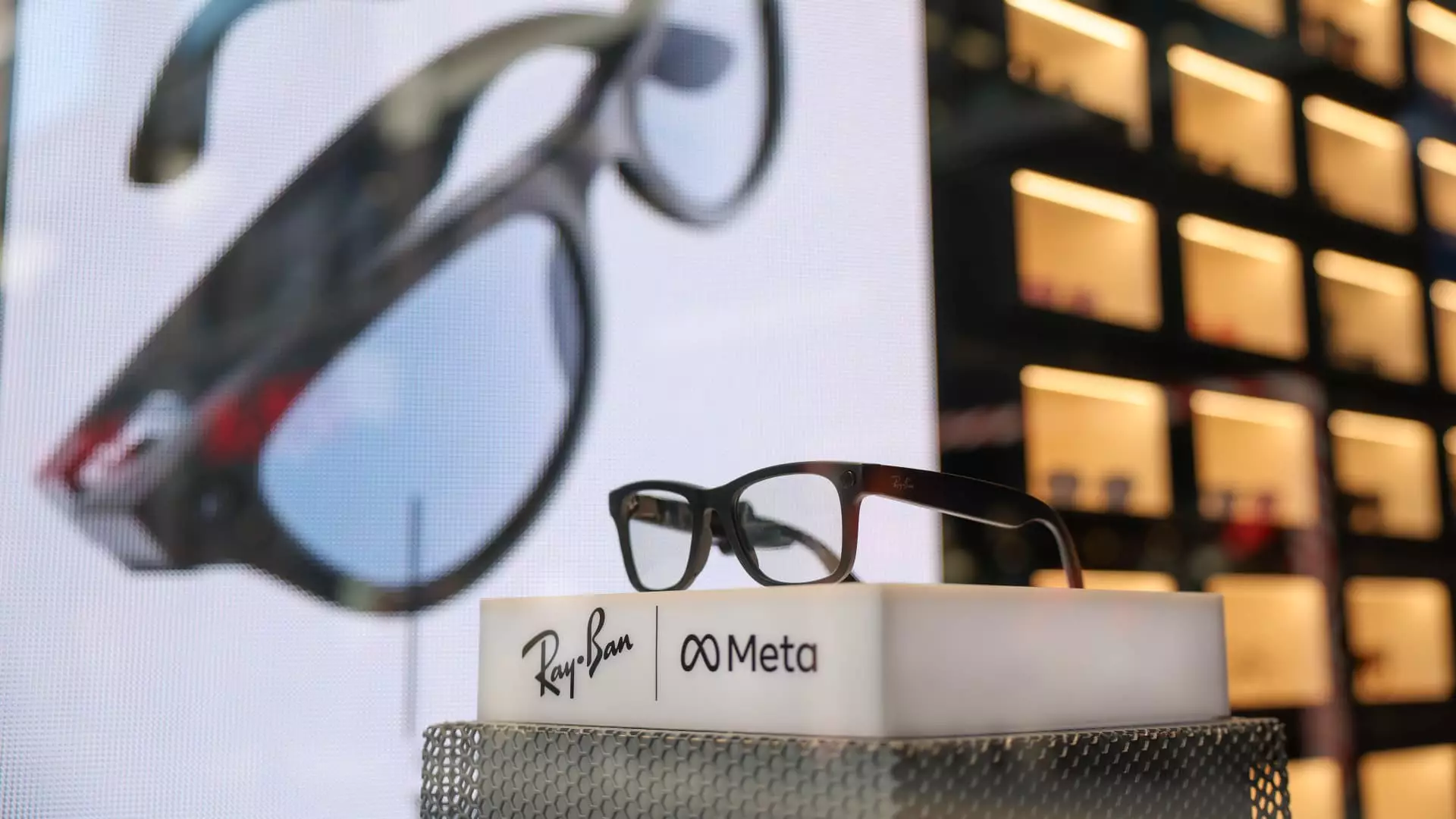As we stand on the cusp of a new era in consumer technology, smart glasses are carving out their niche as an emerging category ripe for exploration. With the fall season unveiling a host of new gadgets, many of these smart glasses, often featuring components sourced from China, are poised to capture consumer interest. Unlike the high-end Apple Vision Pro and complex virtual reality headsets, the latest offerings in smart eyewear promise to deliver augmented reality experiences in a more accessible and user-friendly format.
Recent developments highlight the competitive landscape in the smart glasses sector. Snap has made a bold entrance with their augmented reality glasses, while Facebook’s parent company, Meta, is expected to unveil its vision for smart eyewear at an event commencing September 25. These Ray-Ban Meta Smart Glasses are already gaining traction; insights from HSBC’s Frank He reveal that the second generation of these glasses sold over a million units in the first half of this year, a stark contrast to the 300,000 units of the first generation, which were sold from September 2021 to February 2023.
The success behind these products may provide a glimpse into a potential turning point for the adoption of smart glasses. Historically, devices like Google Glass have faced challenges in achieving mass-market appeal, struggling to gain acceptance outside niche communities. However, Frank He optimistically theorizes that the upcoming surge of AI technologies could serve as a catalyst for broader fame in the smart eyewear market.
Industry experts believe that artificial intelligence could play a pivotal role in driving interest in smart glasses. As AI-driven assistants and agents become increasingly integrated into daily life, the demand for intuitive, AI-enabled wearables may rise. HSBC’s report emphasizes the prospects for companies like Sunny Optical, which is positioned to benefit from this anticipated trend. By leveraging its expertise in optics for wearable devices, Sunny Optical is set to ramp up production, aiming to ship two million smart glasses by 2024-2025, with an expected rise to five million units based on increasing demand.
What remains crucial is the adaptability of these devices. The current features of smart glasses—ranging from basic photo and video functions to music playback and AI interaction—serve as a tempting introduction to a broader landscape of augmented reality applications.
Sunny Optical, primarily known as a supplier across multiple sectors, has experienced notable growth in its camera module sales—especially their non-smartphone models. Their strategic positioning across borders, with manufacturing bases in China, Vietnam, and India, underlines their capability to meet the rising demand for smart glasses. As highlighted by CMB International analysts, the company has seen a remarkable revenue increase in Europe and the U.S., suggesting a strong reception of their products among leading global automotive and technology firms.
In a world where consumer preferences shift rapidly, Sunny’s ability to produce quality optical components places the company in an advantageous position to capitalize on this burgeoning segment. With HSBC’s recent price target upgrade for Sunny Optical reflecting expected growth, investor confidence continues to bolster.
Despite the optimism surrounding smart glasses, challenges remain, particularly given the highly competitive smartphone market and the automotive industry. Analysts from JPMorgan maintain a cautious stance, emphasizing that while Sunny Optical’s recovery trajectory shows promise, growth in comparison to other players in high-end technology markets has lagged. The cautionary approach by JPMorgan reflects broader market uncertainties, warning that rapid advancement could be accompanied by significant competition.
While many companies forge ahead in developing smart glass technologies, their long-term success will inevitably depend on their ability to differentiate their products within a cluttered market. As the concept of augmented reality becomes less abstract and more integrated into everyday consumer devices, the expectation for smart glasses to evolve and adapt will only increase.
As we gaze into the future of smart glasses, it is evident that a revolution in wearable technology is possible. While initial models face challenges in achieving widespread acceptance, the potential integration of AI could open new doors. The next few years will be critical in shaping the trajectory of this technology. With industry players committed to innovation, smart glasses may soon transition from a niche product to a mainstream necessity, providing a glimpse into the future of how we interact with our digital world.

